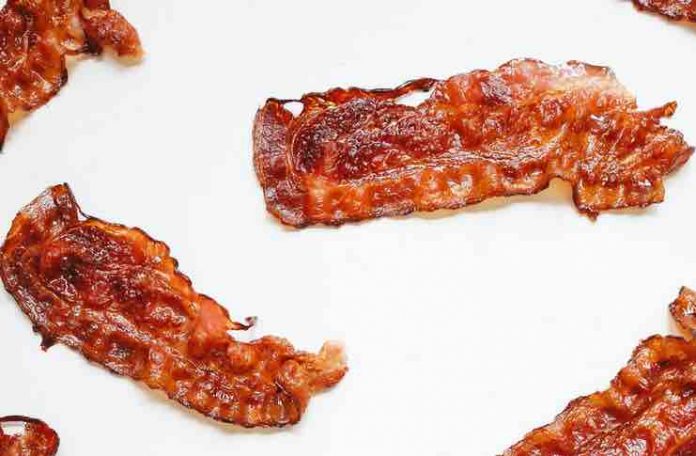
When it comes to storing an emergency food kit, most people overlook one key aspect that is critical to daily survival: beef jerky.
Of course, after reading that and maybe checking your pantry stock for the tenth time, your first instinct is likely to Google “emergency food kits.” However, whether there is a disaster or not, there is no reason to spend hundreds or even thousands of dollars on survival food when there are options available — cheaper and tastier.
This is one possibility and that is beef jerky. It’s the ideal protein to stock up on for your emergency food box. Fortunately, jerky comes in assorted flavors. You’ll find what you want whether you want beef, elk, venison, fish, or something a bit more exotic. Read on to learn how to store your jerky.
Storing Gourmet Jerky
Gourmet jerky is not like most store-bought jerky, meaning it is not infused with hydrogenated oil to extend its expiration date. These additives degrade the jerky’s quality.
Because of the lack of additives, high-quality jerky should be stored in an airtight Ziploc bag or snap lid container in the refrigerator as soon as the vacuum-sealed package is opened.
You don’t intend to devour your gourmet jerky in a week? It’s best to freeze it while it’s still fresh. You can freeze jerky to extend its shelf life up to a year.
Storing Homemade Jerky
Have you ever thought about making your jerky? Why won’t you consider it? You’ll learn a new cooking skill while also stocking your shelves with your new interest.
When it comes to storing your homemade jerky, treat it just like gourmet jerky. Unless you intend to add your additives or preservatives, homemade jerky will perform similarly to gourmet jerky in terms of quality, freshness, and shelf life.
Storing Store-Bought Jerky
The shelf life of beef jerky can vary depending on a variety of circumstances, some of which are beyond your control if you buy your jerky in a store. The amount of sodium salt and sugar in the production of jerky can impact its shelf life.
The best way to preserve store-bought jerky depends on a variety of factors, including how much moisture was removed from the jerky and the sodium and sugar levels.
When it comes to keeping your jerky fresh and mold-free, the primary adversary is oxygen. For the longest shelf life, buy jerky that has been vacuum-sealed in its container and then store it in a cool, dark spot.
Ziplock bags and airtight containers are acceptable for short-term preservation. However, it is better to keep extra jerky in the freezer. But now and again, you’d want to open a bag and make dinner out of it. Here’s a simple one that everyone in my family enjoys.
Twice Baked Potato with Shredded Jerky
Prepare your place at the table, because we have a dish for you! How would you like a twice-baked potato with beef jerky and smoked cheese? Sounds good? Well, let’s begin with five large russet potatoes (enough for four potatoes); the larger the better.
You’ll need a beefy basis, so think colossal egg-sized potatoes. This dish calls for garlic, chives, and sour cream. Then, to top it all off, we’ll take these rustic potatoes to a whole new level of gourmet with specialty cheeses and the greatest topping of all, shredded beef jerky.
Tip: A word about slicing jerky: you can use a sharp, durable dice or shred jerky in a food processor by pulsing it. A good blender can also be used, starting on the low setting and gradually increasing the speed control until the appropriate consistency is achieved.
Want to read more of our latest posts? Learn if Gas or Electricity is better for your business.
Arun is an avid blogger and business expert. He’s been in business from the moment he finished school and hasn’t stopped growing ever since.




